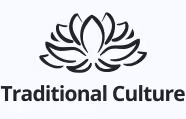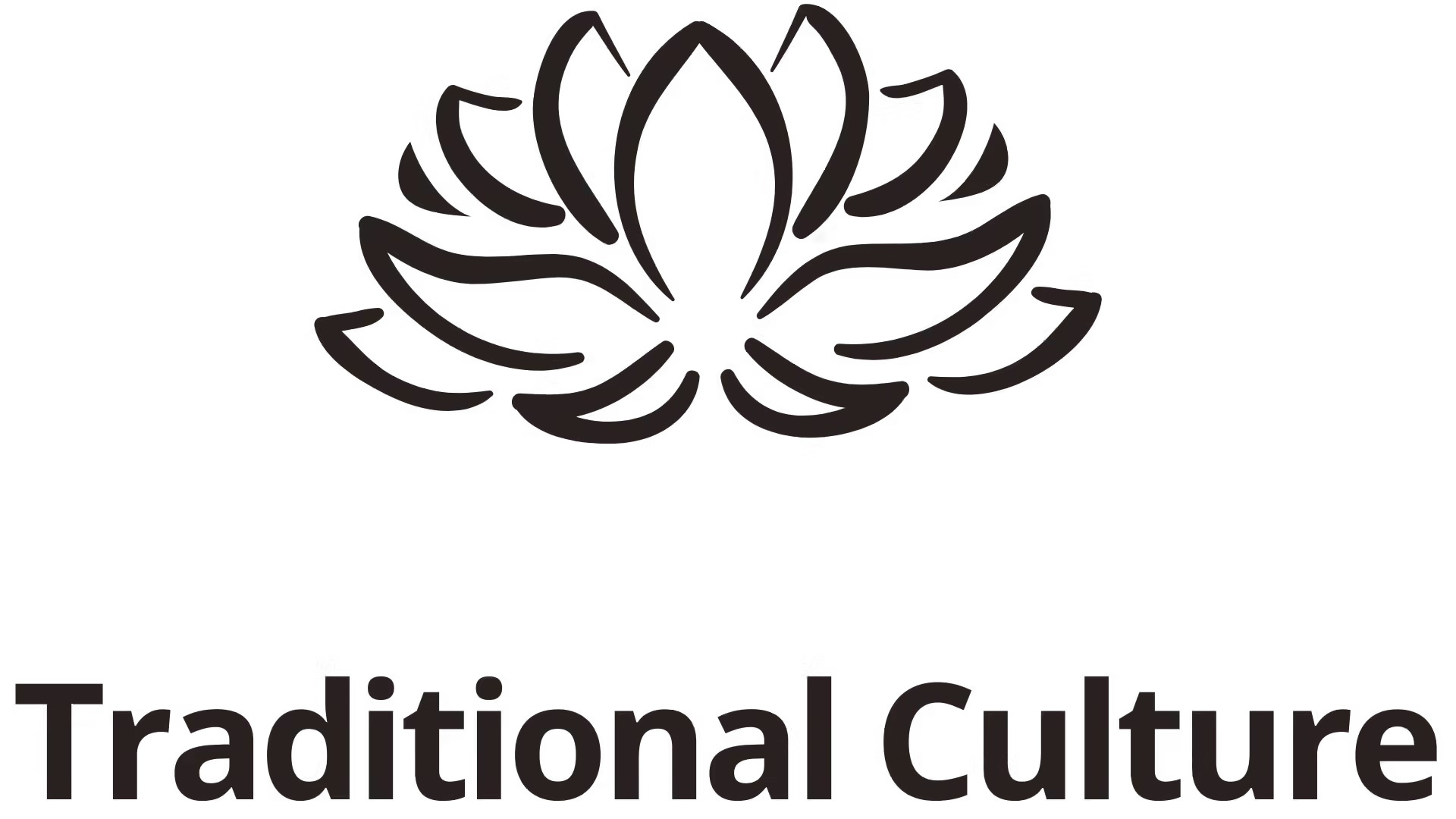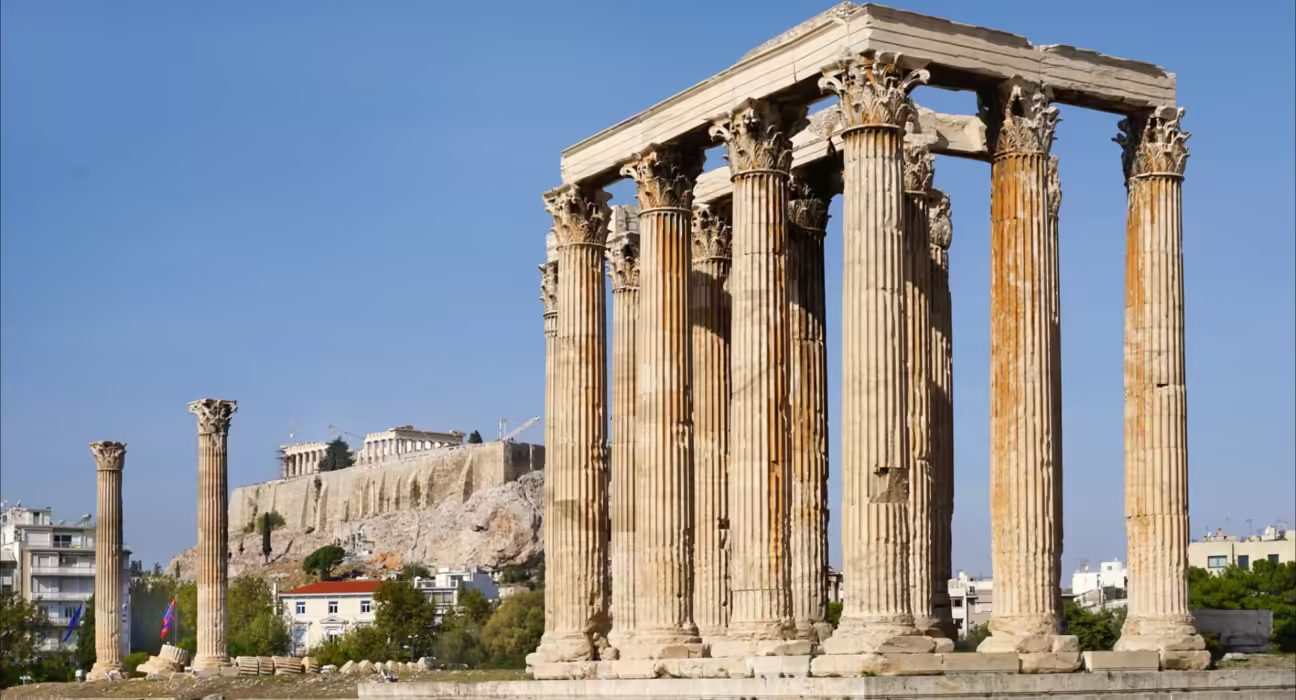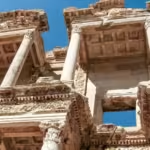The Temple of Olympian Zeus stands as a testament to the architectural grandeur and religious fervor of ancient Greece. Located in the heart of Athens, this monumental structure is not only an embodiment of historical significance but also a vibrant source of inspiration for countless generations. As visitors traverse through its remnants, they are greeted with echoes of antiquity that narrate stories of divine worship, cultural prosperity, and human endeavors that once reached for the heavens.
A Journey Through Time: The History of the Temple of Olympian Zeus
Origins of the Temple
The origins of the Temple of Olympian Zeus date back to the sixth century B.C.E. during the rule of Tyrant Pisistratus.
Pisistratus sought to create a grand monument to honor Zeus, the king of gods. Although the initial plans were ambitious, the project faced numerous setbacks due to political instability and invasions. As a result, the temple remained largely unfinished for several hundred years before Emperor Hadrian took on the task of completing it around the second century C.E.
This historical context is crucial in understanding why the temple emerged as a symbol of Athenian identity and pride. The dedication of such vast resources towards the construction of the temple reflected not only the religious importance of Zeus but also the ambition of Athens to showcase its cultural achievements.
Architectural Splendor

When examining the architecture of the Temple of Olympian Zeus, one cannot help but marvel at its Corinthian style, characterized by ornate columns and intricate carvings that speak volumes about the craftsmanship of the era.
Originally, the temple was home to 104 majestic columns, although only 15 remain standing today. Each column soared to heights of over 17 meters and was constructed from imported marble, illustrating the sophistication and resourcefulness of ancient builders.
Standing amongst these towering pillars, one can almost hear the whispers of priests invoking the blessings of Zeus. The size and scale of the temple were unparalleled, making it a focal point for both locals and travelers alike. It was not merely a place of worship; it served as a canvas upon which the artistry and aspirations of the Greeks were etched into eternity.
Cultural Significance
The Temple of Olympian Zeus held immense cultural significance for the people of Athens and the broader Greek world. Not only was it dedicated to the king of gods, but it also became a gathering place for festivals and public ceremonies.
The most notable event was the Olympic Games, where athletes and citizens would converge to compete in honor of Zeus. This celebration highlighted the connection between athletic prowess and divine favor, reinforcing the belief that success in competitions was a reflection of divine endorsement.
Through these gatherings, the temple functioned as a bridge between the sacred and the secular, allowing individuals to seek divine guidance while participating in communal festivities. The rituals performed here encapsulated the essence of Athenian life, where religion, culture, and societal values converged.
Ruins and Remnants

Despite the passage of time, the remnants of the Temple of Olympian Zeus still evoke awe and wonder. Many visitors find themselves captivated by the ruins, as they offer a glimpse into a world that thrived thousands of years ago.
Walking through the site, one cannot escape the feeling of being transported back to a time when the temple stood proudly against the Athenian skyline. The ruins serve as a poignant reminder of both the fragility of human endeavor and the enduring nature of cultural heritage.
As one gazes at the remaining columns, it’s essential to consider the narratives they hold—stories of faith, perseverance, and human ambition that continue to resonate today.
Architectural Marvels of the Temple of Olympian Zeus
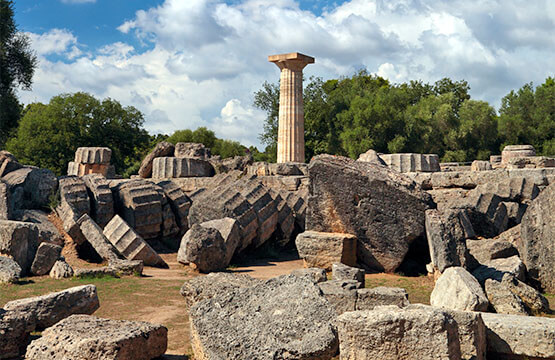
The Temple of Olympian Zeus is a prime example of classical architecture, showcasing the principles of symmetry, proportion, and harmony that defined ancient Greek design. Its grandeur serves as a testament to the engineering skills of the time and continues to inspire modern architects.
The Corinthian Columns
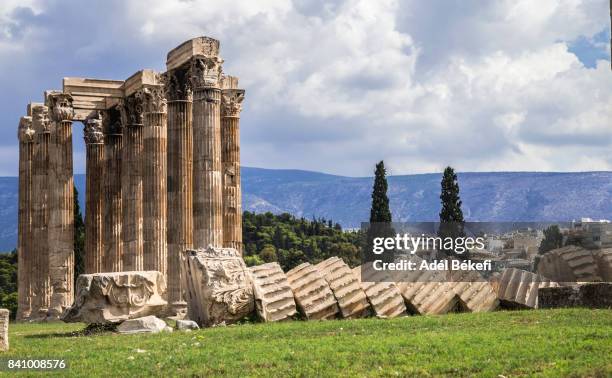
At the heart of the architectural marvel of the Temple of Olympian Zeus lie its Corinthian columns, which were not only functional but also ornamental.
Each column is adorned with intricate floral motifs and slender proportions that exude elegance. Designed to support the massive weight of the temple’s roof, these columns represent both strength and beauty.
The commitment to perfection in their construction demonstrates the aesthetic ideals of ancient Greece, where every detail was meticulously crafted. Visitors who stand before these columns can appreciate the artistry involved, as each groove and carving tells a story of the artisans who labored tirelessly under the sun to bring this vision to life.
The Temple Layout
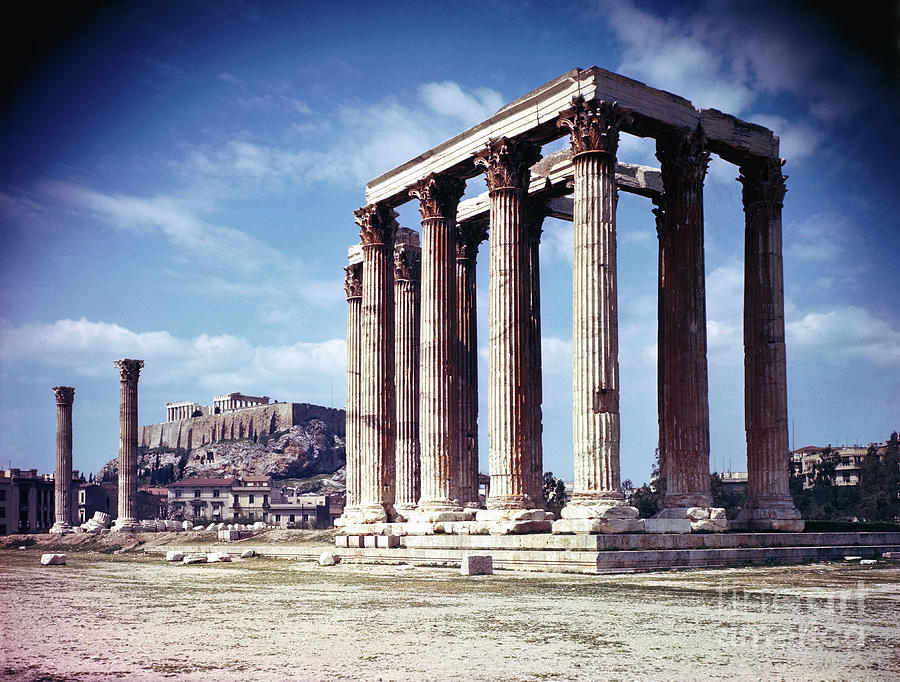
The layout of the Temple of Olympian Zeus follows the traditional plan of a peripteral temple, surrounded by a single row of columns.
This design allowed for a harmonious flow of space, drawing visitors inward towards the statue of Zeus that once resided in the cella (inner chamber). The strategic placement of the columns created a sense of enclosure while simultaneously inviting light and air into the sacred space.
The proportions of the temple were harmonized with its surroundings, ensuring that it complemented the natural landscape of Athens. In this way, the temple was not just an isolated structure but rather an integral part of the city’s geography and cultural landscape.
Artistic Elements
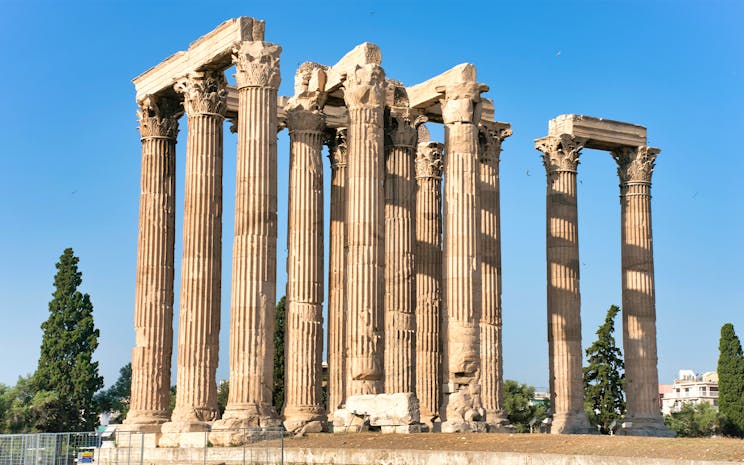
Beyond its structural brilliance, the Temple of Olympian Zeus boasted an array of artistic elements that enhanced its visual splendor.
From ornate friezes depicting mythological scenes to elaborate sculptures portraying deities and heroes, the temple was a showcase of Greek artistic achievement. These artistic components served not only to embellish the temple but also to communicate profound cultural narratives that resonated with worshippers.
Visiting the site today allows one to imagine the vibrant colors and intricate details that would have adorned the temple in its heyday. Each artistic element was carefully considered, contributing to the overarching theme of worship and reverence towards Zeus.
A Testament to Innovation

The construction of the Temple of Olympian Zeus also represents a significant technological achievement in ancient architecture.
Innovations in construction techniques and materials enabled the realization of such ambitious designs, pushing the boundaries of what was thought possible. The use of cranes and scaffolding showcased the ingenuity of ancient engineers, while the choice of durable materials ensured the temple’s longevity.
These advancements laid the groundwork for future architectural endeavors throughout Greece and beyond. The legacy of the Temple of Olympian Zeus resonates today, influencing contemporary design and serving as a source of inspiration for modern structures.
Religious Practices and Beliefs Associated with the Temple of Olympian Zeus
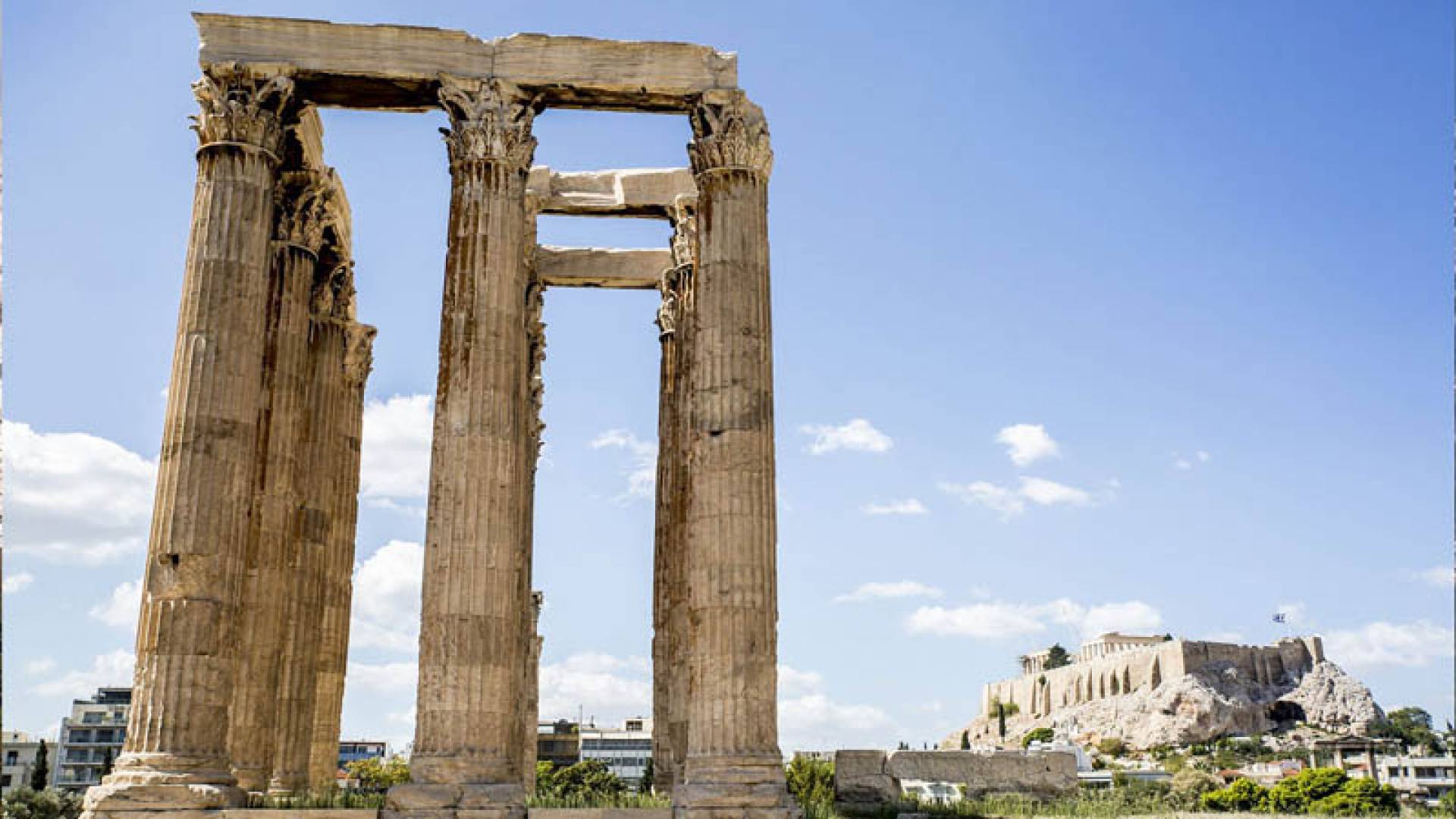
The Temple of Olympian Zeus was more than just an architectural masterpiece; it was a vital center for religious practices and beliefs that shaped the spiritual lives of ancient Greeks.
Festivals and Celebrations

One of the most significant aspects of the temple was its role in hosting various festivals and ceremonies dedicated to Zeus.
The most prominent of these was the Olympic Games, a multi-sport event held every four years in honor of Zeus. Athletes from across Greece would gather to compete in various disciplines, fostering camaraderie and unity among city-states.
The Olympics were not solely about competition; they represented a time of peace and reconciliation, where rivalries were set aside in the name of honoring the divine. The festivities included sacrifices to Zeus, followed by feasting and celebrations that reinforced community bonds and shared values.
Rituals of Worship

Rituals performed at the Temple of Olympian Zeus were central to maintaining the relationship between the gods and their worshippers.
Priests and priestesses conducted sacrifices, offerings, and prayers, seeking Zeus’s favor and protection for the city of Athens. These rituals were steeped in tradition and often involved elaborate procedures to ensure proper homage was paid to the deity.
The significance of these rituals cannot be understated; they provided individuals with a sense of purpose and belonging within their community. Engaging in acts of worship fostered a deep connection between the people and their divine protector, reinforcing shared values and cultural identity.
The Role of Mythology
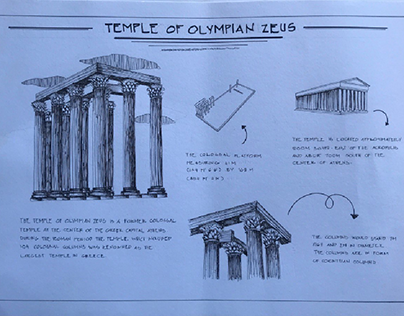
Mythology played a critical role in shaping the religious atmosphere surrounding the Temple of Olympian Zeus.
The stories of Zeus, his conquests, and his relationships with other deities formed the backbone of Greek religious beliefs. These myths were often recited during ceremonies, emphasizing the powerful narrative that accompanied the temple.
By engaging with the mythology surrounding Zeus, worshippers found meaning in their lives and established connections to the divine. The temple served as a physical manifestation of these tales, bridging the gap between the mythical and the tangible.
Legacy of Belief
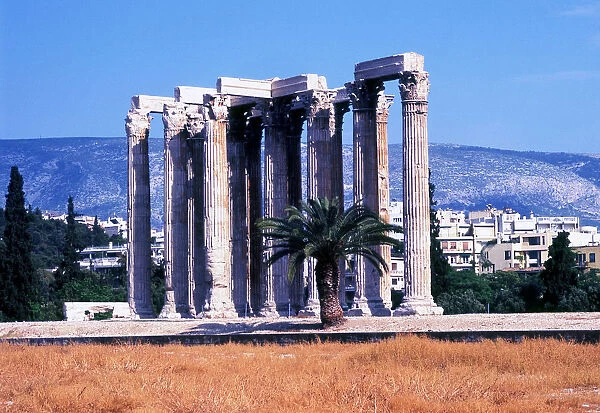
Even after the decline of ancient religions, the influence of the Temple of Olympian Zeus persisted in the collective memory of the people.
With the rise of Christianity and the subsequent decline of pagan worship, the temple fell into disrepair. However, its legacy continued to inspire fascination and reverence, as it remained a symbol of the rich tapestry of beliefs that once permeated Athenian life.
The stories and traditions connected to the temple endure in modern culture, reminding us of the complex interplay between spirituality, culture, and identity that defines humanity’s journey through history.
The Impact of the Temple of Olympian Zeus on Contemporary Culture
Today, the Temple of Olympian Zeus stands as a crucial link to understanding the cultural heritage of ancient Greece.
Tourism and Education

The site attracts millions of visitors each year, eager to immerse themselves in the history and majesty of the temple.
Tourism plays a vital role in preserving the site’s significance, as visitors contribute to the local economy while fostering appreciation for historical landmarks. Guided tours often delve into the intricate details of the temple’s construction and its relevance in ancient society, enriching the experience for those who venture to explore its ruins.
Educational programs aimed at students and scholars emphasize the importance of the Temple of Olympian Zeus in understanding classical civilization and its enduring influence on the arts, politics, and philosophy. Through these initiatives, the temple becomes a gateway for deeper exploration into the values that shaped Western civilization.
Artistic Inspirations

Artists, writers, and musicians have long drawn inspiration from the Temple of Olympian Zeus, incorporating its themes and imagery into their work.
Countless paintings, sculptures, and literary compositions pay homage to the grandeur and mystique of the temple. Artists often depict the temple as a symbol of eternal beauty and inspiration, capturing the imagination of those who encounter their creations.
In modern cinema, references to the temple and its mythological associations are woven into narratives that celebrate the exploration of human existence, morality, and the pursuit of greatness. The temple’s resonance transcends time, connecting contemporary audiences with the aspirations of their ancient predecessors.
Preservation Efforts
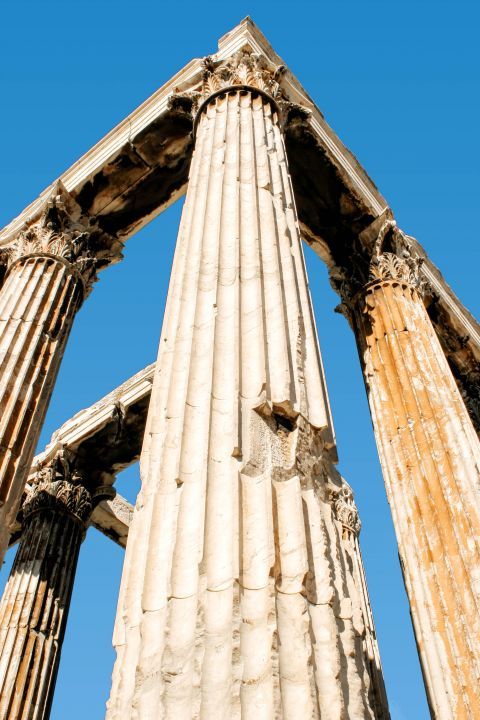
Preserving the Temple of Olympian Zeus for future generations has become a priority for archaeologists and historians.
Efforts to maintain the site involve careful restoration and conservation projects, aimed at stabilizing the remaining structures and protecting them from environmental threats. By safeguarding the temple, we ensure that its stories and lessons continue to be shared.
Community engagement also plays a vital role in preservation efforts, as local organizations and volunteers participate in cleaning and maintenance activities. This collaborative approach fosters a sense of ownership and pride among residents, encouraging them to share their cultural heritage with visitors.
Reflections on Identity

In an increasingly globalized world, the Temple of Olympian Zeus serves as a reminder of the importance of cultural identity.
The temple encapsulates the values, beliefs, and artistic achievements of an ancient civilization that continue to influence contemporary thought. By exploring its history, individuals can reflect on their roots and the shared experiences that bind humanity together.
Visiting the temple invites contemplation about the past and encourages dialogue about the relevance of these historical narratives in shaping our collective future. As we navigate the complexities of modern existence, the lessons learned from the Temple of Olympian Zeus remain applicable, urging us to honor our heritage while striving for progress.
Conclusion

The Temple of Olympian Zeus stands as a monument not only to the architectural ingenuity of ancient Greece but also to the rich tapestry of cultural, religious, and historical narratives that define human existence.
Its towering columns and intricate artistry invite us to reflect on the values and beliefs that shaped the lives of those who once walked its grounds. As we engage with the remnants of the temple, we are reminded of the interconnectedness of past and present, and the enduring impact of history on our identities.
In visiting the Temple of Olympian Zeus, we embark on a journey through time, exploring the stories and lessons that continue to resonate across generations. The temple serves as a bridge between worlds, inviting us to seek understanding and appreciation for the diverse cultural heritage that enriches our collective human experience.
✉️ Stay Connected — Subscribe for Weekly Updates
Discover timeless stories, practical wisdom, and beautiful culture — delivered straight to your inbox.
*We only share valuable insights — no spam, ever.

